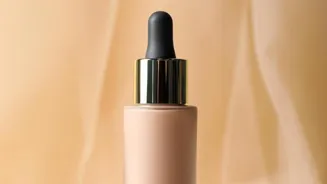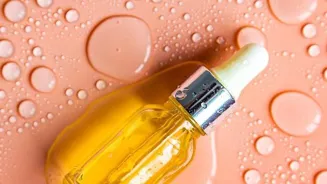Discover the magic of facial oils! Enhance your skincare with these liquid wonders. Learn how they can transform your skin
For ages, our grandmothers swore by 'tel maalish' (oil massage) for everything
from hair growth to glowing skin. Turns out, they were onto something! In today's world of fancy serums and creams, facial oils might seem a bit old-fashioned.
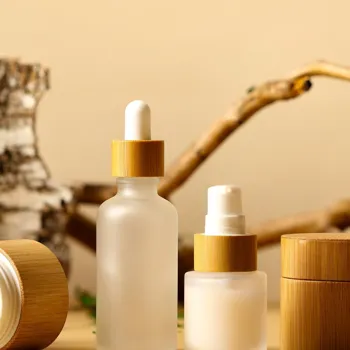
But trust us, these little bottles of liquid gold are making a major comeback, and for good reason. They can truly transform your skin, provided you pick the right one and use it correctly, of course. So, let's dive into why you should consider adding a facial oil to your skincare routine.
Think of your skin like a brick wall. The "bricks" are your skin cells, and the "mortar" holding it all together is made up of lipids (fats). These lipids are essential for keeping your skin barrier strong and healthy.
A strong skin barrier is vital because it protects your skin from environmental aggressors like pollution and sun damage. Plus, it helps to prevent water loss, keeping your skin hydrated and plump.
When your skin barrier is damaged, it can lead to all sorts of problems like dryness, irritation, acne, and even premature aging.
Now, where do facial oils come in? These oils are packed with essential fatty acids that mimic your skin's natural lipids.
By applying a facial oil, you're essentially replenishing those lipids and strengthening your skin barrier. It's like giving your skin an extra layer of protection and nourishment. By helping to enhance the skin's barrier function, they contribute to overall good skin health.
When the barrier functions, the skin is kept hydrated, less prone to irritation, and more resistant to external factors such as pollution.
They are a wonderful addition to your skin care regime!
One of the biggest myths about facial oils is that they're only for dry skin.
While it's true that dry skin types can benefit greatly from the extra hydration and nourishment that oils provide, oily and combination skin types can also reap the rewards. The key is to choose the right oil for your skin type.
Lightweight oils like jojoba, grapeseed, and rosehip are excellent options for oily skin, as they are non-comedogenic, meaning they won't clog pores. These oils can actually help to regulate oil production, leading to a more balanced complexion.
Finding the correct type of oil is paramount for the use of facial oils. Once you are able to find it, it will be very useful indeed for your skin type!
For dry skin, richer oils like argan, avocado, and almond can provide intense hydration and help to lock in moisture.
These oils are packed with vitamins and antioxidants that can help to soothe and repair dry, damaged skin. Combination skin types can benefit from using a blend of different oils to address their specific needs.
You will be surprised to see the benefits these oils can give your skin.
So, consider your needs and make a wise choice to gain all the benefits that facial oils have offer.
Beyond hydration, facial oils offer a plethora of other benefits. Many oils are rich in antioxidants, which help to protect the skin from free radical damage caused by pollution and UV rays.
Free radicals can accelerate the aging process, leading to wrinkles, fine lines, and age spots. Antioxidant-rich oils like rosehip, sea buckthorn, and pomegranate can help to combat these effects, keeping your skin looking youthful and radiant.
Facial oils can also have anti-inflammatory properties, which can help to soothe and calm irritated skin. Oils like chamomile, calendula, and tea tree are particularly effective for treating conditions like acne, eczema, and rosacea.
These oils can help to reduce redness, inflammation, and itching, leaving your skin feeling calm and comfortable. Adding to all the advantages of these oils, they will certainly add an advantage to your skin health.
Now that you're convinced of the benefits of facial oils, let's talk about how to incorporate them into your skincare routine. The best time to apply facial oil is after your moisturizer. Think of your moisturizer as the water-based hydration and the oil as the sealant.
The oil will help to lock in the moisture from your moisturizer, preventing it from evaporating and keeping your skin hydrated for longer. Apply a few drops of oil to your fingertips and gently massage it into your skin in upward, circular motions.
Focus on areas that are prone to dryness, such as the cheeks, forehead, and neck. Use a light touch and avoid tugging or pulling on your skin. A little oil goes a long way, so start with a small amount and add more as needed.
The general guide would be to use it after your face wash, toner and moisturizer. It could also be used as a replacement for moisturizer. It is important to consider your skin type and what the product says on the packaging. The product might have usage instructions.
If you are unsure, do consult a dermatologist to be sure about the needs of your skin.
Choosing the right facial oil for your skin type can be overwhelming, with so many options available in the market. Here's a quick guide to help you narrow down your choices:
Dry skin
Argan oil, avocado oil, almond oil, and marula oil are all excellent choices for dry skin, as they are rich in fatty acids and antioxidants.
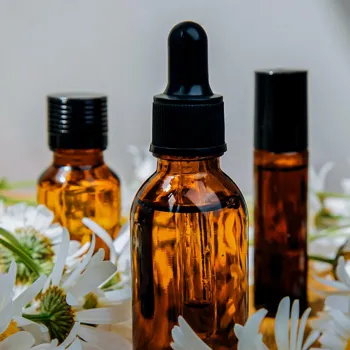
Oily skin
Jojoba oil, grapeseed oil, rosehip oil, and tea tree oil are lightweight and non-comedogenic, making them ideal for oily skin.
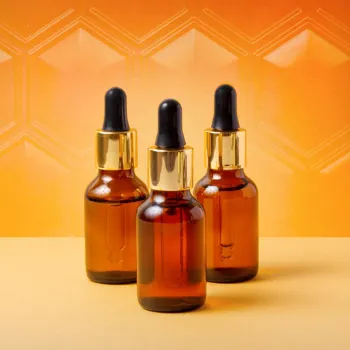
Combination skin
You can use a blend of different oils to address your specific needs. For example, you can use a lightweight oil like jojoba oil on your oily T-zone and a richer oil like argan oil on your dry cheeks.
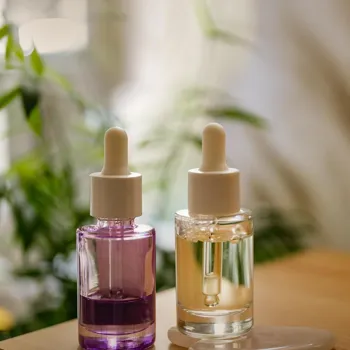
Sensitive skin
Look for oils that are fragrance-free and hypoallergenic, such as chamomile oil, calendula oil, and rosehip oil.
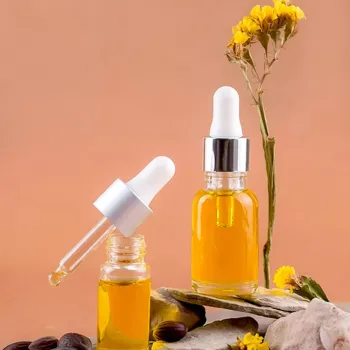
Check ingredients label for suitable skincare oil
It is important to read the ingredients label of the product to make sure it suits your needs. Products could be misleading and may not have the right ingredient for you. Choosing the right oil is very important to have a good skincare process.
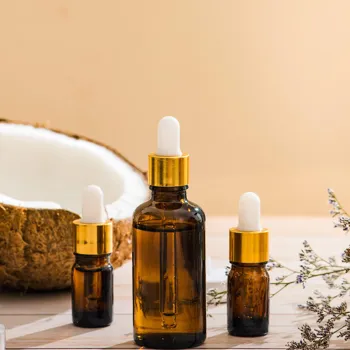
Before incorporating any new skincare product into your routine, it's always a good idea to do a patch test. Apply a small amount of oil to a discreet area of your skin, such as your inner arm or behind your ear, and wait 24-48 hours to see if you experience any irritation. If you don't experience any redness, itching, or swelling, you can safely incorporate the oil into your routine.
Facial oils can be a game-changer for your skin, providing hydration, nourishment, and protection against environmental damage. By choosing the right oil for your skin type and using it correctly, you can unlock a radiant, healthy complexion. So, why not give facial oils a try?
Your skin will thank you!
The correct oil could improve your skin texture and give you a shine on your face that you wanted. So, choose wisely and you will be good to go.





